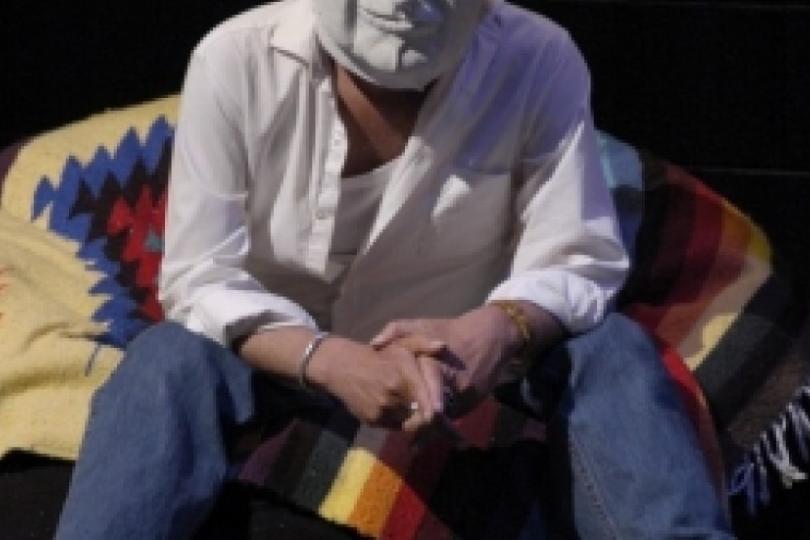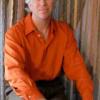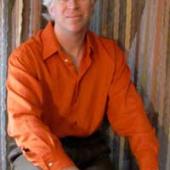A view from the road: Toronto
Editorial

Thanks to a Jerome Travel grant, last fall I embarked on an intense adventure, attending three major festivals of contemporary theatre, dance, and performance art, flying from coast to coast, seeing tons of work, encountering ghosts, and plotting the future. The three festivals were SummerWorks in Toronto (an alternative juried theater festival presenting individuals and companies from across Canada), The Time-Based Arts Festival in Portland (a mostly postmodern dance festival, larger in size and scope than the Walker's Out There Series), and the Performa Biennial in New York (the big kahuna of performance art festivals, which presents and commissions visual artists to create performance work).
The opportunity to travel was especially fortuitous because for years I'd had the dream of starting a contemporary performance festival right here in the Twin Cities. With insight from attending these festivals, that dream has come to life as The RIGHT HERE Showcase, a new festival I'm producing, which will offer commissions to six Minnesota based mid-career performing artists. The website is www.righthereshowcase.weebly.com, and there you can find all the details about Artist Eligibility, Applications and Deadlines.
Here’s a report and a reflection of how I think the work I saw at these festivals connects and diverges with the Twin Cites performing arts community.
Part 1: Toronto
Toronto is an amazing city, clean, bustling, with far less crime and grime than American cities of equivalent size. Here are a few stats on the theater scene in "the New York of Canada":
- The City of Toronto has a population of 2.8 million with another 4 million in the outlying suburbs
- In 2009-10 2.3 million Canadians bought tickets to theatre/opera/dance events, generating 216 million dollars
- Toronto is home to around 150 professional companies & art centers
- Those companies occupy 34 venues with capacities ranging from 45 to 3500 seats
I have to admit, I set off with some trepidation. I lived in Toronto for six years in the 1990s, and worked as an actor for hire, complete with head shot, agent, and Canadian Actor's Equity card – a strange situation for me, having previously built a career creating and producing my own work.
I booked a place to stay through AirBnB near the theater district in Kensington Market. The Market is a funky post '60s neighborhood, with lots of shops, ethnic restaurants, and colorfully painted houses – one of those places in a city you walk by and think, "Wow, that’d be cool to live there."
I rented a bike and tooled up and down Queen Street West for the week, hopping from show to show. Queen Street West is kind of like Lyn/Lake, except on steroids – much denser, much longer, much louder, much later, and it's the spine of the SummerWorks festival.
SummerWorks, which started when I first moved to Toronto in the early 1990s, was founded by a group of independent theater artists. It was a way to do their own work on their own terms - no waiting for a producer to show up, or their name to be picked from the Fringe lottery. It started off small, engaging a half-dozen artists. But upon my return I discovered that it has now grown to be the largest juried festival in Canada featuring predominantly new Canadian plays, presenting 35 productions in two weeks.
But I think that growth has come at a cost to the original vision of the festival. I think the festival I saw was more of a showcase for career advancement than it was an incubator for the creation of new work. It seemed like a lot of artists were putting on work as an audition for directors and agents. And, interestingly, the artists chosen have to pay $850 to participate - "pay to play."
There were a lot of typical one-man multi-character switcheroos, with requisite accent and scarf-n-hat changes, that I've seen far too often. And one of the two major festival commissions I saw, a performance art piece which featured a local Torontonian TV personality (one of the original V-Jays from Much Music, the Canadian counterpart of our MTV), was as rife with clichés as any mediocre play: yelling angrily at the audience to "wake up," rolling around in plastic sheeting, exploring the naked body with a flashlight, blasting techno music, and conducting a live interview with the artist about the work we just saw.
But despite the work I didn't respond to, the overall level of conventional acting and directing talent was very strong - but not any stronger than what we have here. In fact, I think the diversity of strong artists is even greater in Minnesota. There are so many amazing, incredible actors and directors here in the Twin Cities coming from so many cultures and backgrounds. And another small piece of perspective: when I lived in Toronto in the '90s, I don’t think a month went by when some theater professional didn’t ask me why I wasn’t back in the States - New York or L.A. - where you could have a real career. Ah! The Great Dangling Carrot of Broadway Fame and Hollywood Fortune has a long, long draw.
But there were some truly amazing things I saw, moving and entertaining yes, but formally challenging as well. The first was a young company from Montreal called Sidemart Theatrical Grocery, and their piece was called Trying for the Kingdom, described in the SummerWorks program as "a modern metropolitan punk clown tragedy created by post-modern, post-punk, post-pretty-much-everything kids. Part 'concept concert,' part video collage, part meta-theatre, TFTK feels caffeinated, opiated, sleep-deprived, and desperate for answers." It was all that, hyperbole and more.
Basically, it was a trio of twentysomethings hanging around a squatty apartment trying to figure out what to do with their lives. Fast food wrappers were strewn across the floor, arty paint splattered all over the plastic-sheeting covered walks, and a ratty sofa with a small platform stage with a mic, drum kit, and low-tech guitar amplifiers was the setting for the mayhem. What fun!
The cast's slacker punk stares at the audience as we came in were one of the few appropriately used and justifiably ironic poses I've ever experienced. It made me laugh, and just a little bit wary. What they were saying and how they presented it was deeply integrated and inspired.
The second wonderful piece I saw was performed by two older actors, maybe in their late 60s or 70s. It was called 7 Important Things, where an aging baby boomer, one-time citizen of the '60s counter culture, one-time street punk band musician, and now elder statesman of poetry, performance and theater, reflects on his life. During the performance he is questioned by a colleague, and is spared no punches as she insightfully puts his professional follies and personal foibles in the context of social changes, the desire for social change, and the impotency one faces when societies don't change. It was about dreams and failures, and humility in the face of time and how negligible is the self against it all. One review cited the artists and the production being "infinitely generous and disarming... swiveling with casual elegance between narration, enactment and improvised discussion... and showcasing a pursuit of a dramaturgy that is so simple it could hardly be more complex."
With these two shows I learned more about the time I live in, how we got there and where we might be going, than I did at all the other performances I saw at SummerWorks. I think the most important thing I learned is that it doesn't matter what form you're working in, what direction you're exploring. What's most important is that you listen to yourself and translate what you hear through your art, which you push as much as you can, and send to the audience.
Finally, there was one last wonderful thing I saw at SummerWorks, an experience I can only describe as extraordinary. A critic said “You know when you go to a show that you enjoy so much that it leaves you speechless? If you don’t then you might want to check out Final Savage Land." It was a choreographed duet that delved into the beauty and horrors of co-dependency and the savagery of surviving it. Leave it to dancers to find such depth and mystery with so little effort.
Speaking of dancers, the next article is about all the postmodern performance you can handle in my second trip to Portland to see the Time-Based Arts Festival. Amazing!




